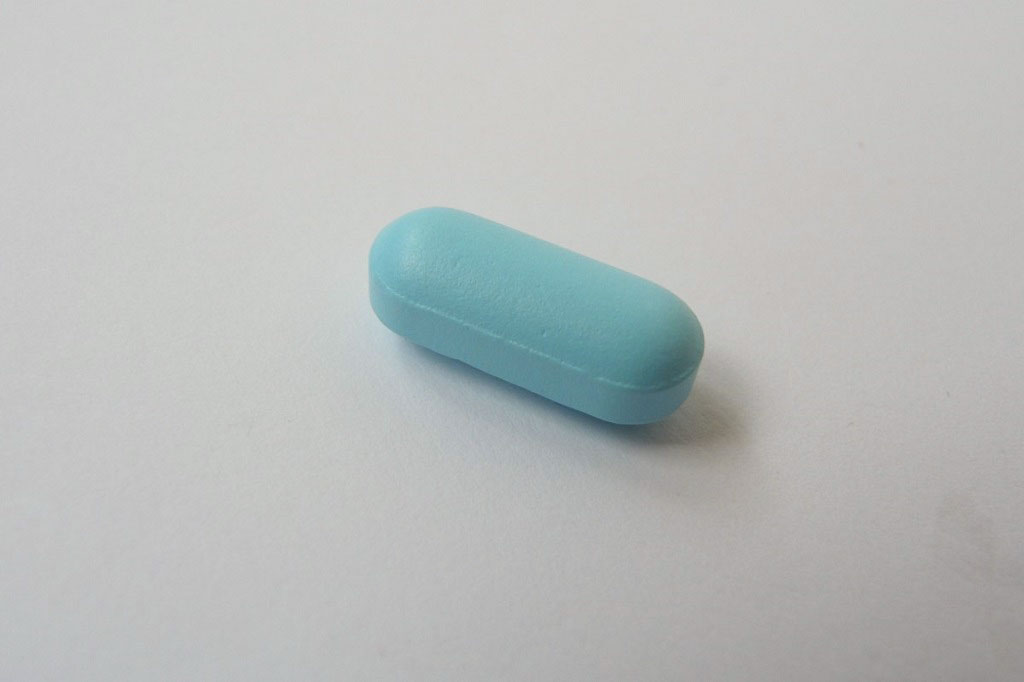High blood pressure to be tested 'at home'
Heart and lungs
“Patients thought to have high blood pressure should have the diagnosis confirmed at home,” reported BBC News. Many newspapers covered the introduction of a new, more accurate way of diagnosing...
“Patients thought to have high blood pressure should have the diagnosis confirmed at home,” reported BBC News. Many newspapers covered the introduction of a new, more accurate way of diagnosing people with hypertension (high blood pressure).
The Daily Telegraph said that current diagnostic methods result in millions of people being misdiagnosed every year. The newspaper said that “about a quarter of people become anxious while they have their blood pressure taken in the surgery, meaning they potentially give a misleading reading”.
The news stories are of new guidance from the National Institute for Clinical Excellence (NICE), which recommends that new technology is used to confirm a diagnosis of high blood pressure.
The technology, known as Ambulatory Blood Pressure Monitoring (ABPM) automatically measures a person’s blood pressure throughout the course of a day. It has been evaluated as more accurate and better value-for-money compared to clinic-based measurements or home-based measurements for which the person must remember to measure their own blood pressure.
NICE has produced guidance for people with high blood pressure and their carers. People currently taking treatment for high blood pressure should consult their GP before making any changes to their treatment plan.
What are the news stories based on?
These news stories are based on updated NICE guidelines on the diagnosis and treatment of high blood pressure. The guidelines not only suggest the introduction of ABPM but also make several other recommendations for the diagnosis and treatment of blood pressure, details of which can be found within the guidelines themselves.
The guidance was put together using evidence from many studies, including data from a cost effectiveness study published this week in The Lancet , which assessed the value-for-money of three types of confirmatory diagnostic tests: clinic-based, home-based and ambulatory blood pressure monitoring. This study found that not only did ABPM result in cost savings, but also provided better value for money in terms of health outcomes.
What is the new technique for measuring blood pressure?
NICE recommends the introduction of a system called ambulatory blood pressure monitoring (ABPM). This involves a device that is given to patients who have been given an initial high blood pressure reading at the clinic. The patient then wears the device for the following 24 hours, during which it monitors their blood pressure in non-clinical settings, such as at home.
People who find ABPM too uncomfortable or inconvenient may be offered home blood pressure monitoring instead, which involves a different device.
Why is the new technique being introduced?
ABPM aims to provide a more accurate measurement of a person’s blood pressure, as it takes measurements throughout the day in normal settings. It is thought that many people (up to a quarter) who are diagnosed with high blood pressure in a clinical setting do not actually meet the definition of hypertension. Instead, the high reading is the result of the temporary stress of visiting the doctor (called ‘white coat’ hypertension). By confirming the diagnosis of high blood pressure with ABPM, the idea is that only those who truly need treatment will be offered it.
What does the monitoring device involve?
Following an initial high blood pressure reading at the clinic, a person with suspected hypertension will be given the ABPM device to take away with them. The device will involve an arm cuff that is fitted to the person’s arm and attached to a monitoring device worn at the waist. The doctor or nurse will make sure the device is fitted to your arm correctly. The device automatically takes BP measurements every 30 minutes, for 24 hours. An average of at least 14 of these measurements taken during normal waking hours is then used to provide a general measurement of a person’s blood pressure.
The home blood pressure monitoring device is similar to the one that the doctor or nurse uses to take blood pressure at the surgery. Using this technique, two measurements are taken a day, once in the morning and once in the evening. Your GP will make sure that the device fits your arm correctly, and they will instruct you on how to use the device.
How is high blood pressure currently diagnosed?
Currently, high blood pressure is diagnosed in a clinical setting, such as a doctor’s surgery. After an initial high blood pressure reading, patients have their BP taken again at two subsequent doctor visits. If these readings are also high, the person is diagnosed with high blood pressure.
It is thought that about a quarter of these diagnoses are inaccurate, and the result of ‘the white coat effect’. This effect is seen when people who do not exhibit high blood pressure in their daily lives have high readings due to the stress of visiting the GP (see box below).
Evidence shows that confirming clinical BP measurements with ABPM improves the accuracy of the diagnosis.
What are the benefits of the new method?
The authors of the cost effectiveness study say that benefits of the use of ABPM in the diagnosis of high blood pressure include quicker and more accurate diagnosis, fewer patients taking unnecessary medication, improved health outcomes and health-related quality of life, and reduced prescription drug costs for both individuals and the NHS.
The NICE Cost Report says that in addition to reductions in money spent on drugs, additional resources, such as physician time, will be saved, as fewer appointments will be required for diagnosis and treatment.
In addition to quicker diagnosis and avoidance of unnecessary medication and side effects, the use of ABPM is predicted to lead to financial savings. The cost effectiveness study and the NICE guideline development group predicted that the costs of changing the way that blood pressure is diagnosed would be returned in a few years.
Much of the estimated cost savings are the result of avoiding unnecessary drug treatments due to the improved accuracy of ABPM. The NICE Cost Report, which accompanies the new guideline, estimates the total national cost for England to be £5.1m per year. By the fifth year of full implementation, they estimate annual savings of £10.5m. These are estimates based on the best available data, and are not considered to be conclusive.
Additionally, these savings are based on the current proportion of people in the country with suspected high blood pressure. If that proportion continues to increase, due to the ageing population and lifestyle factors, the total cost of diagnosing and treating hypertension will increase as well. The Cost Report takes care to point out that this would occur if current diagnostic practices were to continue, and that use of ABPM should still result in cost savings over clinic-based blood pressure monitoring.
Who will be given the new type of BP monitoring?
The guidelines recommend that people who have blood pressure readings of 140/90 mmHg or higher should be offered ABPM in order to confirm the diagnosis. If ABPM does not confirm the diagnosis, the guidelines suggest that the person’s blood pressure is checked again at least every five years. People should have their blood pressure checked more often if their ABPM indicates that their blood pressure is close to the 140/90 mmHg threshold.
When will the new monitoring start?
It is up to individual surgeries to decide when they introduce the NICE guideline. Sufficient supplies of the monitoring devices will need to be ordered, and GP surgeries will need to ensure that adequate training is completed before offering the monitoring to their patients.
NICE provides support information for GPs to help them implement the guideline. Newspapers suggest that this may take up to a year to implement nationwide, and that individual patients currently being treated for high blood pressure will be offered ABPM during their regular check-up.
Where can I get more information?
Additional information of this new guideline can be found in the NICE guidance written for patients and carers.
In addition, people currently receiving treatment for high blood pressure who think that the reading may have been inaccurate should consult their GP before making any changes to their treatment plan.
More information on the management and treatment of high blood pressure can be found in the Health A-Z.






 Subscribe
Subscribe Ask the doctor
Ask the doctor Rate this article
Rate this article Find products
Find products








